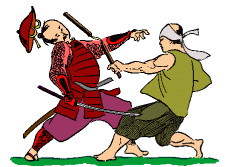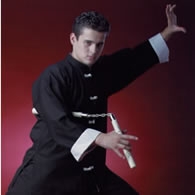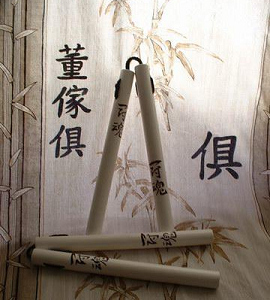 The Nunchaku is a very simple weapon: It is made of two sticks linked by a rope.
In Japanese:
The Nunchaku is a very simple weapon: It is made of two sticks linked by a rope.
In Japanese:  "Nunchaku", which means "same length unit".
In Chinese:
"Nunchaku", which means "same length unit".
In Chinese:  "Shuang Jie Gun", which means "pair of wooden pieces".
The Chinese name should not be confused with
"Shuang Jie Gun", which means "pair of wooden pieces".
The Chinese name should not be confused with  "San Jie Gun", meaning "3 pieces of wood". The San Jie Gun, or three-section staff, is similar to the Nunchaku, but has three sticks instead of two.
Before being used as a weapon, the Nunchaku was a farming tool. As is the case with many ancient weapons and objects, it is very difficult to determine its exact origin. According to historians, it has four possible origins.
The first possibility is that it was a flail used to thresh wheat (i.e. to separate the ears and isolate the seed from the husk).
In Europe, the flails were much bigger and massive; as a consequence they became weapons for knights.
"San Jie Gun", meaning "3 pieces of wood". The San Jie Gun, or three-section staff, is similar to the Nunchaku, but has three sticks instead of two.
Before being used as a weapon, the Nunchaku was a farming tool. As is the case with many ancient weapons and objects, it is very difficult to determine its exact origin. According to historians, it has four possible origins.
The first possibility is that it was a flail used to thresh wheat (i.e. to separate the ears and isolate the seed from the husk).
In Europe, the flails were much bigger and massive; as a consequence they became weapons for knights.
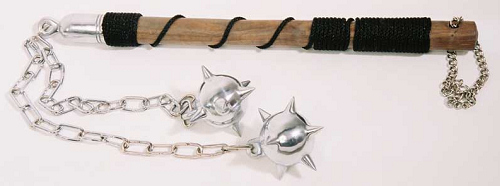 Steeper landscapes and the fact that women had the job of threshing wheat probably led to the development of the Nunchaku, which is smaller and lighter than the European flail.
Because wheat cultures are widespread in China, most historians believe that Chinese people invented the Nunchaku. It then spread to all Asian countries, especially in Korea, Vietnam and Japan.
The second possibility concerning the origin of the Nunchaku is that it was derived from a much bigger flail that was used both in Asia and in Europe.
Steeper landscapes and the fact that women had the job of threshing wheat probably led to the development of the Nunchaku, which is smaller and lighter than the European flail.
Because wheat cultures are widespread in China, most historians believe that Chinese people invented the Nunchaku. It then spread to all Asian countries, especially in Korea, Vietnam and Japan.
The second possibility concerning the origin of the Nunchaku is that it was derived from a much bigger flail that was used both in Asia and in Europe.
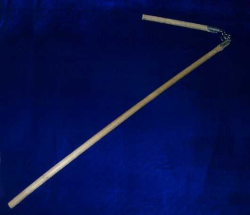
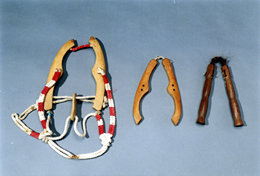
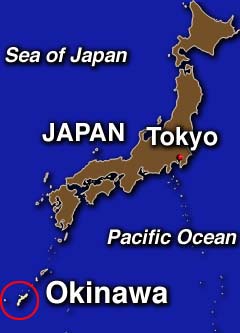
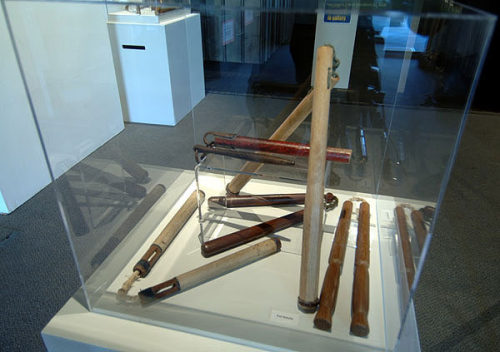 During those hard times, only one knife was allowed per village. That unique knife was on the village square, tied to a pillar. The inhabitants were only allowed to use the knife a few hours a day and only after the head of the village had given permission. During this period, Okinawan martial arts were considered as the only way of self-defense, but of course open hand techniques were no match against the regular army. They were mostly helpful against small groups of gangsters. The Okinawan people practiced mostly martial arts named To-te and Okinawa-te, which became later the modern Karate. The villagers trained using everyday objects as potential weapons. Today, this practice is known under the names of Kobudo and Kobujutsu.
During those hard times, only one knife was allowed per village. That unique knife was on the village square, tied to a pillar. The inhabitants were only allowed to use the knife a few hours a day and only after the head of the village had given permission. During this period, Okinawan martial arts were considered as the only way of self-defense, but of course open hand techniques were no match against the regular army. They were mostly helpful against small groups of gangsters. The Okinawan people practiced mostly martial arts named To-te and Okinawa-te, which became later the modern Karate. The villagers trained using everyday objects as potential weapons. Today, this practice is known under the names of Kobudo and Kobujutsu.
